Home>diy>Architecture & Design>Why Is Blueprint Called Blueprint
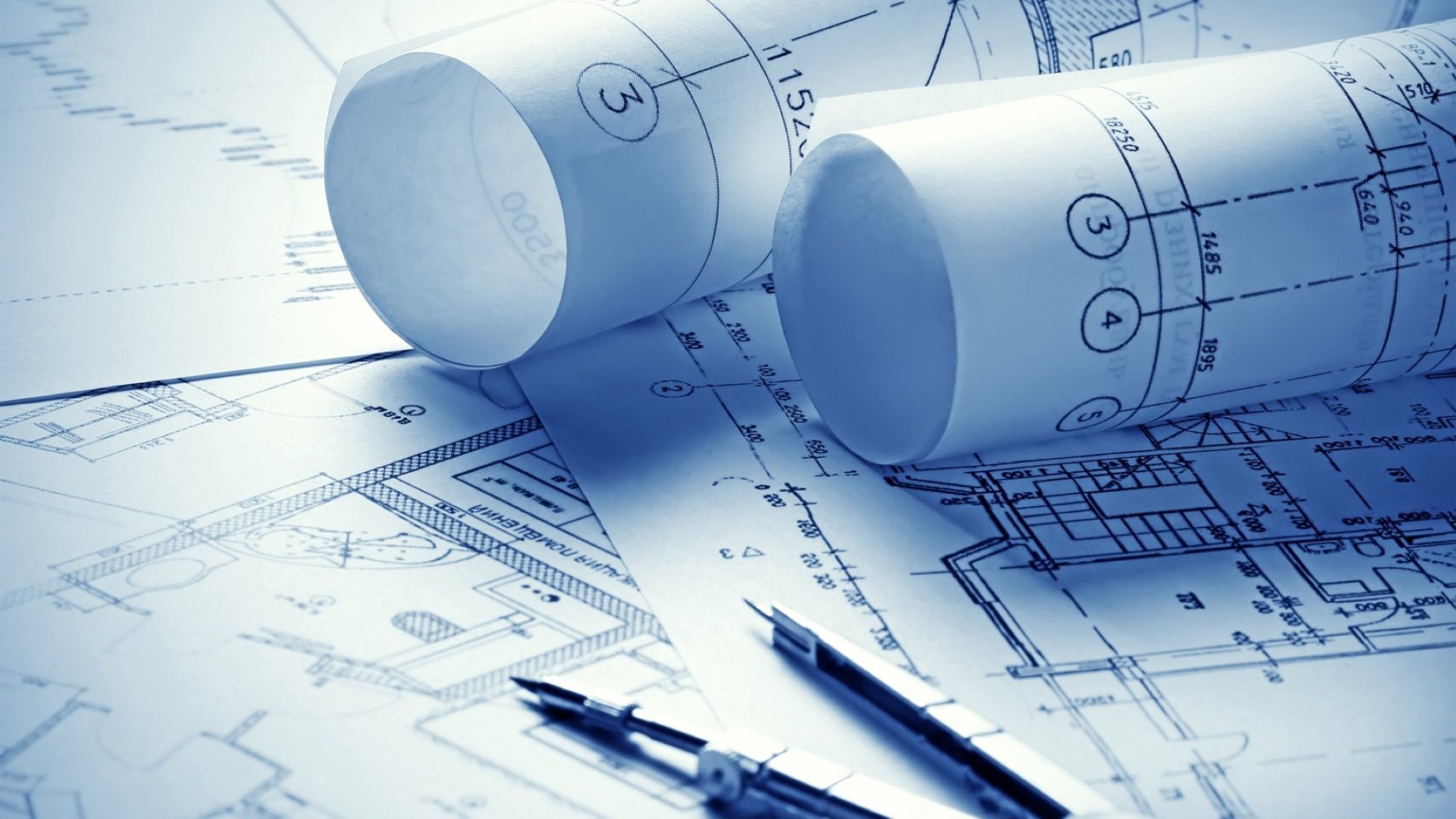

Architecture & Design
Why Is Blueprint Called Blueprint
Modified: December 7, 2023
Discover the meaning behind the name "Blueprint" and how it reflects the essence of architecture design. Find out why this term is widely used in the industry.
(Many of the links in this article redirect to a specific reviewed product. Your purchase of these products through affiliate links helps to generate commission for Storables.com, at no extra cost. Learn more)
Introduction
Blueprints are an integral part of architecture and design, serving as the foundation for constructing buildings, bridges, and other structures. The term “blueprint” has become synonymous with detailed plans and designs, providing engineers, builders, and contractors with a roadmap for their projects. But have you ever wondered why it is called a blueprint in the first place? In this article, we will delve into the origins of the term “blueprint” and explore its historical relevance and modern usage.
Key Takeaways:
- The term “blueprint” originated from the cyanotype process, reflecting the historical method of reproducing architectural and engineering drawings. It has evolved to symbolize careful planning, progress, and innovation in various fields.
- Blueprints serve as more than just technical plans; they embody the spirit of collaboration, precision, and continuity. From architecture to personal development, the term “blueprint” represents the foundation for success and the pursuit of excellence.
Read more: What Is A Blueprint, And Why Is It Important
Definition of Blueprint
A blueprint can be defined as a detailed document or drawing that showcases the technical specifications and layout of a structure. It provides a visual representation of the proposed building, including dimensions, materials, and architectural elements. Blueprints serve as a communication tool between architects, engineers, and construction teams, ensuring that everyone involved in the project has a clear understanding of the design.
Blueprints are typically created using drafting techniques and specialized software. They offer a bird’s eye view of the building’s layout, including floor plans, elevations, sections, and other pertinent details. These documents are crucial in accurately conveying the designer’s vision and guiding the construction process.
Origins of the Term “Blueprint”
The term “blueprint” originated in the mid-19th century during a time when architectural and engineering drawings were reproduced using a specific process known as cyanotype. This process, invented by Sir John Herschel in 1842, involved coating a sheet of paper with a mixture of ammonium iron citrate and potassium ferricyanide. Once dried, the paper was exposed to light with the original drawing placed on top. The areas of the paper that were exposed to light turned a deep blue, while the covered areas remained white. This unique blue and white contrast gave birth to the term “blueprint.”
The cyanotype process was widely used in the architectural and engineering fields throughout the 19th and early 20th centuries. It allowed for the efficient replication of technical drawings, making it easier to distribute and share plans among professionals. The use of the term “blueprint” became synonymous with architectural and engineering drawings, regardless of the reproduction method employed.
Over time, advancements in printing technology replaced the cyanotype process, and blueprints became synonymous with any type of detailed architectural or engineering plan. The term “blueprint” evolved beyond its original literal meaning and now refers to any plan or design that serves as a guiding template for construction or development projects.
Historical Use of Blueprints
Throughout history, blueprints have played a crucial role in the development and construction of buildings and structures. In ancient times, architects and engineers relied on detailed drawings and plans to guide the construction process. However, these early blueprints were often hand-drawn and lacked the precision and consistency we see in modern blueprints.
With the advancements in printing technology in the 19th century, the reproduction of blueprints became more accessible and efficient. This contributed to the widespread use of blueprints in architectural and engineering fields. The ability to create multiple copies of a detailed plan allowed for easier collaboration and communication among professionals involved in the construction project.
During the Industrial Revolution, blueprints became even more essential, as large-scale structures such as factories, bridges, and railroads were being constructed. The intricate and complex nature of these projects necessitated accurate and detailed blueprints to ensure the successful execution of the design.
Furthermore, blueprints became invaluable during the rapid urbanization and expansion of cities in the 20th century. With the increasing complexity of building designs and the need for efficient and safe construction, blueprints played a vital role in managing the intricacies of large-scale urban development projects.
Not only were blueprints used for constructing new buildings, but they were also utilized for renovating and restoring existing structures. Renovation blueprints helped architects and contractors visualize proposed changes and plan accordingly, ensuring the preservation of historical landmarks and maintaining the architectural integrity of the building.
Overall, the historical use of blueprints revolutionized the field of architecture and engineering by providing a standardized and precise method for conveying design plans. The ability to create accurate and reproducible drawings enabled professionals to collaborate effectively and execute complex construction projects with precision.
The term “blueprint” originated from the 19th century practice of reproducing technical drawings using a chemical process that created white lines on a blue background. This process was known as cyanotype, and the blueprints were often used in the construction and engineering industries.
Evolution of Blueprints
The evolution of blueprints has been closely tied to advances in technology and the changing needs of the architecture and construction industries. From the early hand-drawn sketches to the modern digital representations, blueprints have seen significant transformations over the years.
In the early days, blueprints were painstakingly created by hand, with architects and engineers sketching out their plans on paper. These hand-drawn blueprints required exceptional artistic skills and attention to detail. However, as technology progressed, the introduction of drafting instruments such as rulers, compasses, and protractors made it easier to create precise drawings.
One of the major breakthroughs in blueprint production came with the invention of the cyanotype process, which allowed for the efficient reproduction of drawings. This technique, as mentioned earlier, involved using light-sensitive chemicals to create a blueprint. However, it had limitations in terms of color variations and the ability to reproduce intricate details accurately.
The advent of the photocopier in the mid-20th century revolutionized the blueprint production process. Architectural and engineering firms could now reproduce drawings quickly and easily, saving time and reducing manual labor. This advancement made blueprints more accessible and affordable.
The digital age brought about another significant milestone in the evolution of blueprints. With the rise of computer-aided design (CAD) software, architects and engineers could create precise and detailed blueprints on their computers. CAD software allowed for easier manipulation of drawings, automatic dimensioning, and the ability to visualize designs in 3D.
Today, blueprints have transitioned from traditional paper-based documents to digital formats. Electronic blueprints are more versatile, easily stored, and can be shared instantly with stakeholders around the world. The use of advanced software and visualization techniques has facilitated the creation of interactive, immersive, and realistic representations of building designs.
Furthermore, the emergence of Building Information Modeling (BIM) has transformed blueprint creation and management. BIM allows for the integration of all project-related information into a comprehensive digital model, including not only the architectural design but also cost estimation, scheduling, and materials sourcing. This integrated approach enhances collaboration, streamlines the construction process, and reduces errors and conflicts.
In summary, the evolution of blueprints has been marked by the progression from hand-drawn sketches to digital representations. Technological advancements have made it easier to create, reproduce, and share detailed construction plans, enhancing efficiency, accuracy, and collaboration within the architecture and construction industries.
Read more: Why Is It Called Silverware
Modern Use of the Term “Blueprint”
In the modern era, the term “blueprint” has expanded its meaning beyond the realm of architectural and engineering drawings. It is now used metaphorically to describe detailed plans, strategies, or frameworks in various contexts. Whether in business, technology, or personal development, the concept of a blueprint has become deeply ingrained in our everyday language.
In the business world, a blueprint refers to a comprehensive plan or strategy for achieving organizational goals. It outlines the steps, processes, and resources required to bring a vision to reality. A business blueprint may encompass various aspects such as marketing strategies, financial planning, operational guidelines, and more. It serves as a roadmap for success, providing guidance and direction to managers and teams.
In the field of technology, blueprints are commonly used to describe the structural design and functionality of software applications, websites, or databases. These blueprints outline the system architecture, flowcharts, data models, and interface designs. They serve as a reference point for developers, helping them understand and implement the desired functionality accurately.
Moreover, the term “blueprint” is often employed in personal development and self-help contexts. It refers to a systematic plan or framework for achieving personal or professional goals. This metaphorical blueprint may include specific steps, strategies, or habits to be followed to attain success, happiness, or personal growth. It serves as a guide for individuals to navigate their journey and make progress towards their desired outcomes.
In the realm of innovation and creativity, blueprints are used to describe the initial design or concept behind a groundbreaking idea or invention. These blueprints represent the core principles, features, and specifications of the innovation, providing a blueprint for its development and implementation.
Overall, the modern use of the term “blueprint” extends far beyond its origins in architectural and engineering drawings. Its metaphorical usage reflects the universal understanding of a detailed plan or framework for achieving specific objectives. Whether in business, technology, personal development, or innovation, blueprints continue to symbolize the importance of careful planning, organization, and strategic thinking in various domains of our lives.
Symbolism of the Word “Blueprint”
The word “blueprint” holds symbolism that extends beyond its literal meaning as a detailed architectural or engineering plan. It has come to represent more than just a set of technical drawings and has acquired a deeper significance in our collective consciousness.
The term “blueprint” embodies the notion of careful planning and meticulous attention to detail. It symbolizes the foundation upon which a project or idea is built. Like a blueprint, a well-thought-out plan provides structure, guidance, and a clear vision of the desired outcome.
Furthermore, blueprints symbolize progress and innovation. They represent the starting point and the potential for something greater to be created. The act of creating a blueprint is an expression of creativity, exploration, and problem-solving. It signifies the process of transforming an idea into a tangible reality.
Just as a blueprint serves as a map for construction, it serves as a symbol of direction and purpose in our lives. It reminds us of the importance of having a plan and setting goals to navigate the complexities of our personal and professional journeys. It encourages us to envision our desired future and take deliberate steps towards realizing it.
Furthermore, blueprints are synonymous with collaboration and teamwork. They exemplify the need for effective communication and coordination among individuals with diverse skills and expertise. Just as different professionals contribute to the creation of a blueprint, successful endeavors often require the collective efforts and contributions of a cohesive team.
The word “blueprint” also carries an element of legacy and continuity. It represents the passing down of knowledge and expertise from one generation to another. Blueprints handed down through time can inspire future generations to build upon the foundations laid by their predecessors, fostering progress and improvement.
Moreover, blueprints symbolize precision and accuracy. They remind us of the importance of attention to detail and the pursuit of excellence in our endeavors. As architects meticulously construct a building based on a blueprint, we can apply the same level of precision and care to achieve success in our own pursuits.
In essence, the word “blueprint” serves as a powerful symbol of planning, progress, collaboration, vision, and precision. It encapsulates the essence of creativity, innovation, and the pursuit of excellence. It reminds us of the importance of setting clear goals, working together, and carefully constructing the foundation for success in all aspects of life.
Conclusion
Throughout history, the term “blueprint” has evolved from a literal representation of architectural and engineering drawings to a metaphorical concept that symbolizes careful planning, progress, and innovation. From its origins in the cyanotype process to its modern usage in various fields, the term “blueprint” has become deeply ingrained in our language and our understanding of the importance of detailed plans and strategic frameworks.
Blueprints serve as the foundation for construction projects, providing a visual representation and a roadmap for success. They facilitate effective communication, collaboration, and coordination among professionals, ensuring that everyone involved in a project is working towards a shared vision.
However, the symbolism of the word “blueprint” extends beyond its technical connotations. It reminds us of the power of careful planning, attention to detail, and the pursuit of excellence in all our endeavors. Blueprints embody the spirit of progress and innovation by transforming ideas into tangible realities.
Moreover, blueprints symbolize the importance of collaboration and teamwork, emphasizing the value of diverse perspectives and collective efforts. They inspire us to pass down knowledge and expertise from one generation to another, fostering continuity and pushing boundaries.
Whether in the context of business, technology, personal development, or creativity, blueprints guide us towards our desired outcomes and remind us of the importance of setting clear goals and working towards them with precision and dedication.
In conclusion, the word “blueprint” encompasses a rich symbolism that transcends its literal meaning. It represents planning, progress, innovation, collaboration, and precision. It signifies the creation of a roadmap for success and serves as a reminder of the importance of carefully constructing the foundation for achieving our goals and aspirations in all areas of life.
Frequently Asked Questions about Why Is Blueprint Called Blueprint
Was this page helpful?
At Storables.com, we guarantee accurate and reliable information. Our content, validated by Expert Board Contributors, is crafted following stringent Editorial Policies. We're committed to providing you with well-researched, expert-backed insights for all your informational needs.






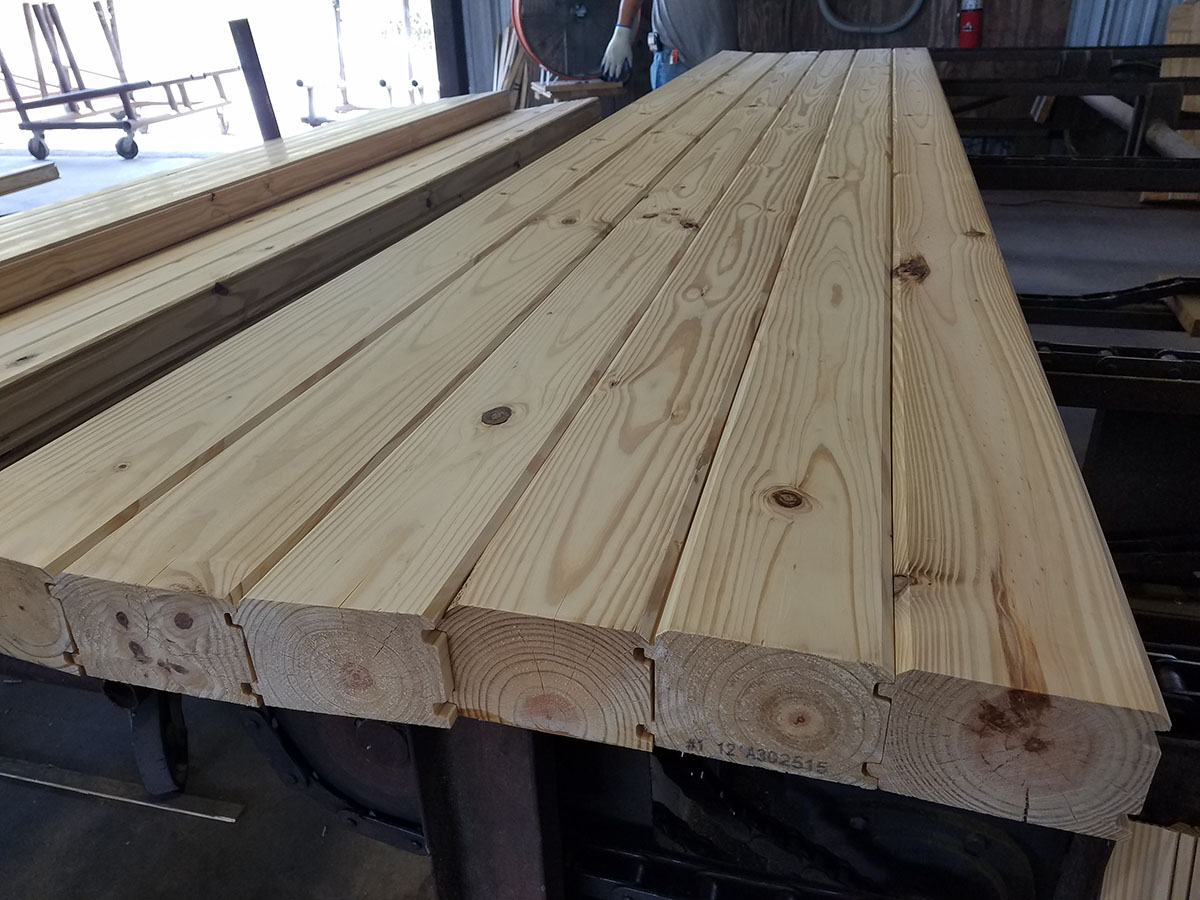
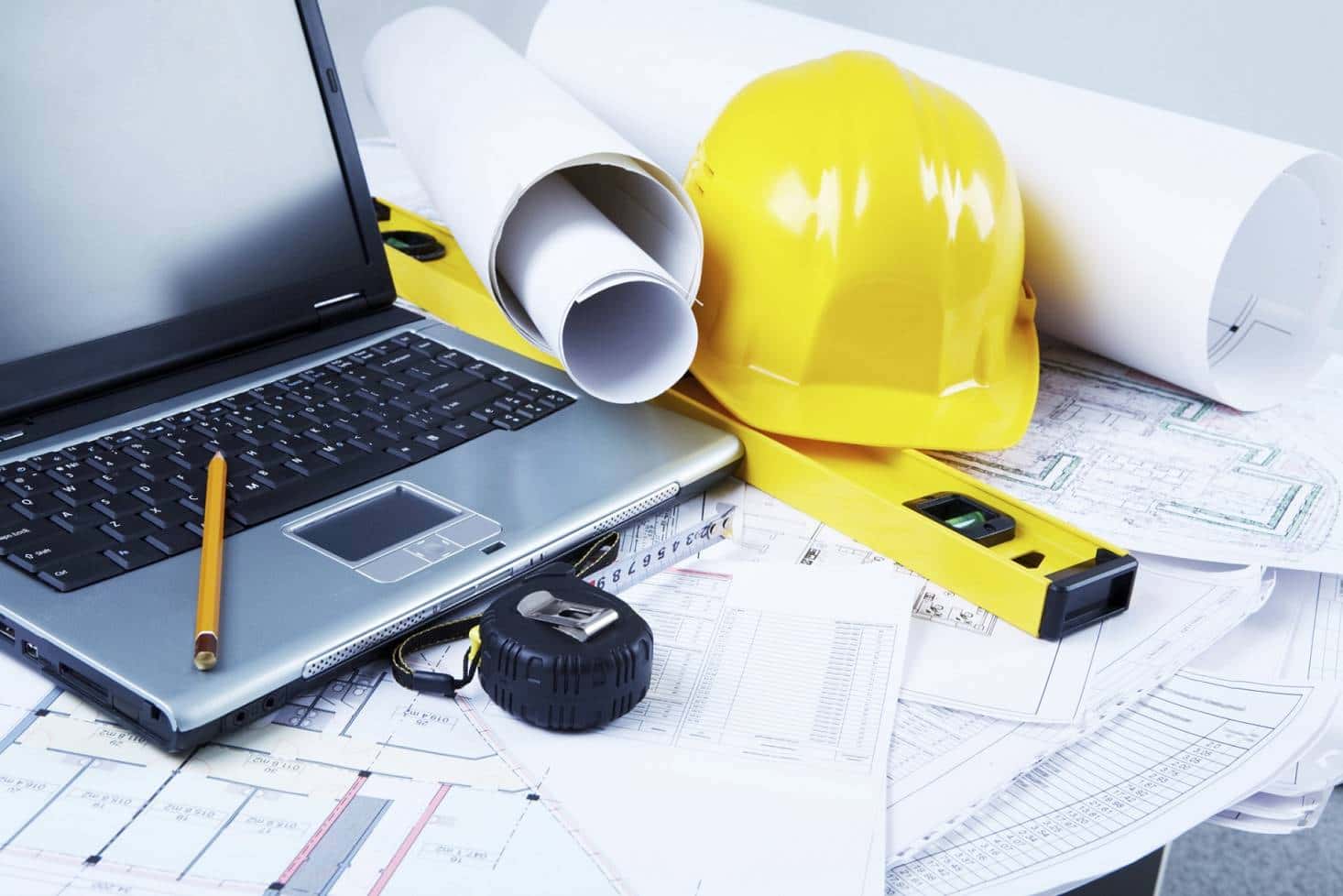


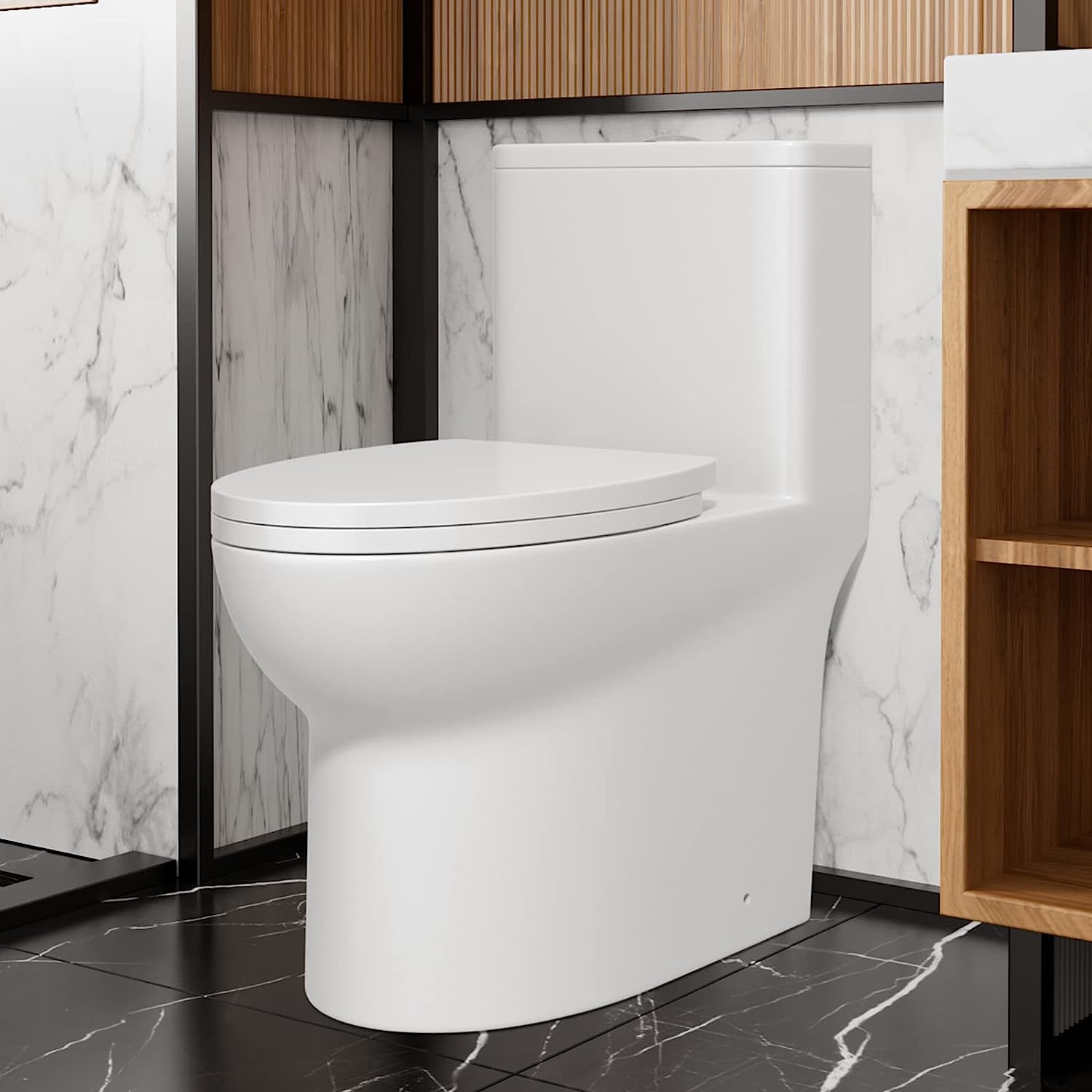

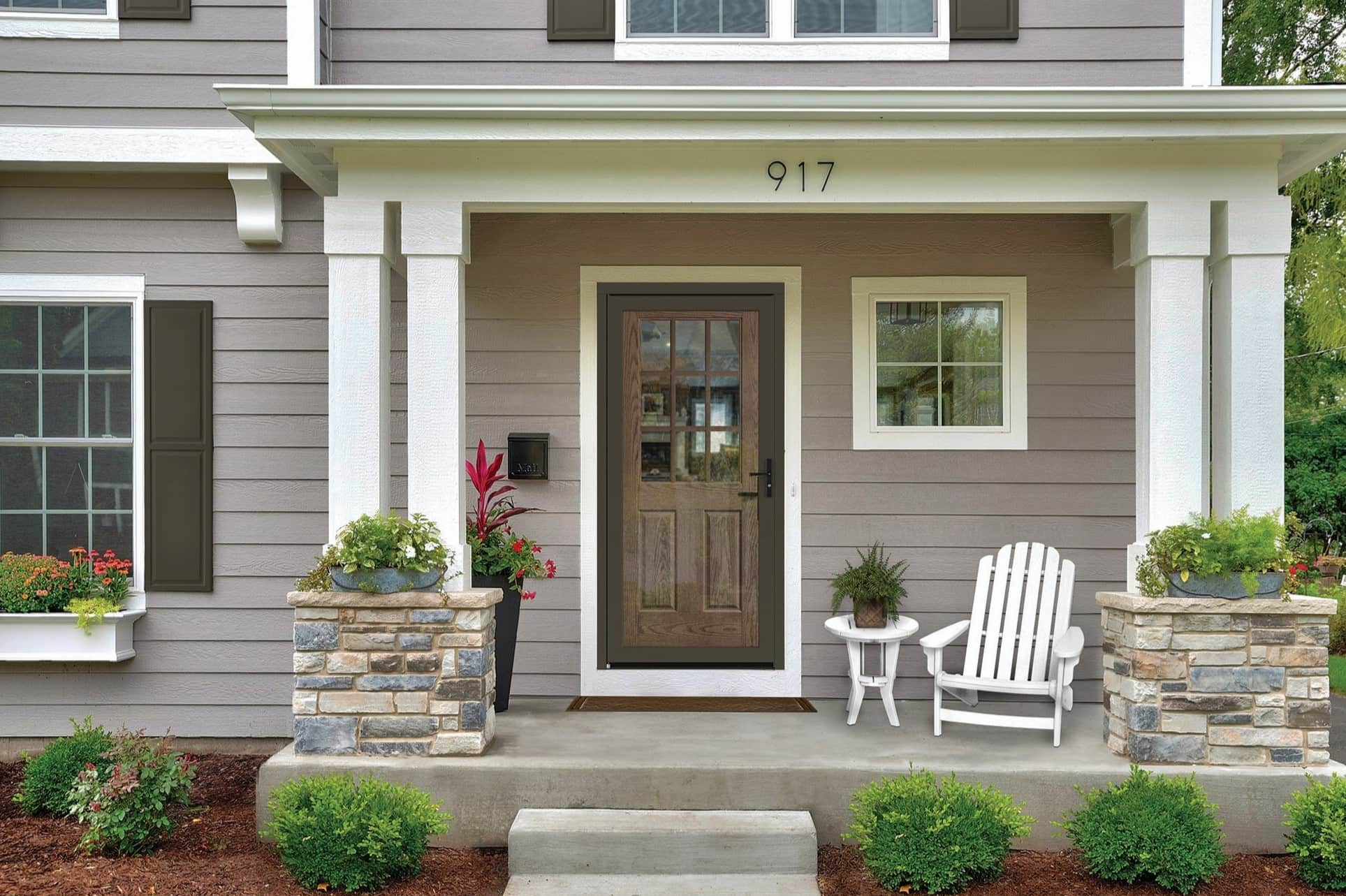


0 thoughts on “Why Is Blueprint Called Blueprint”